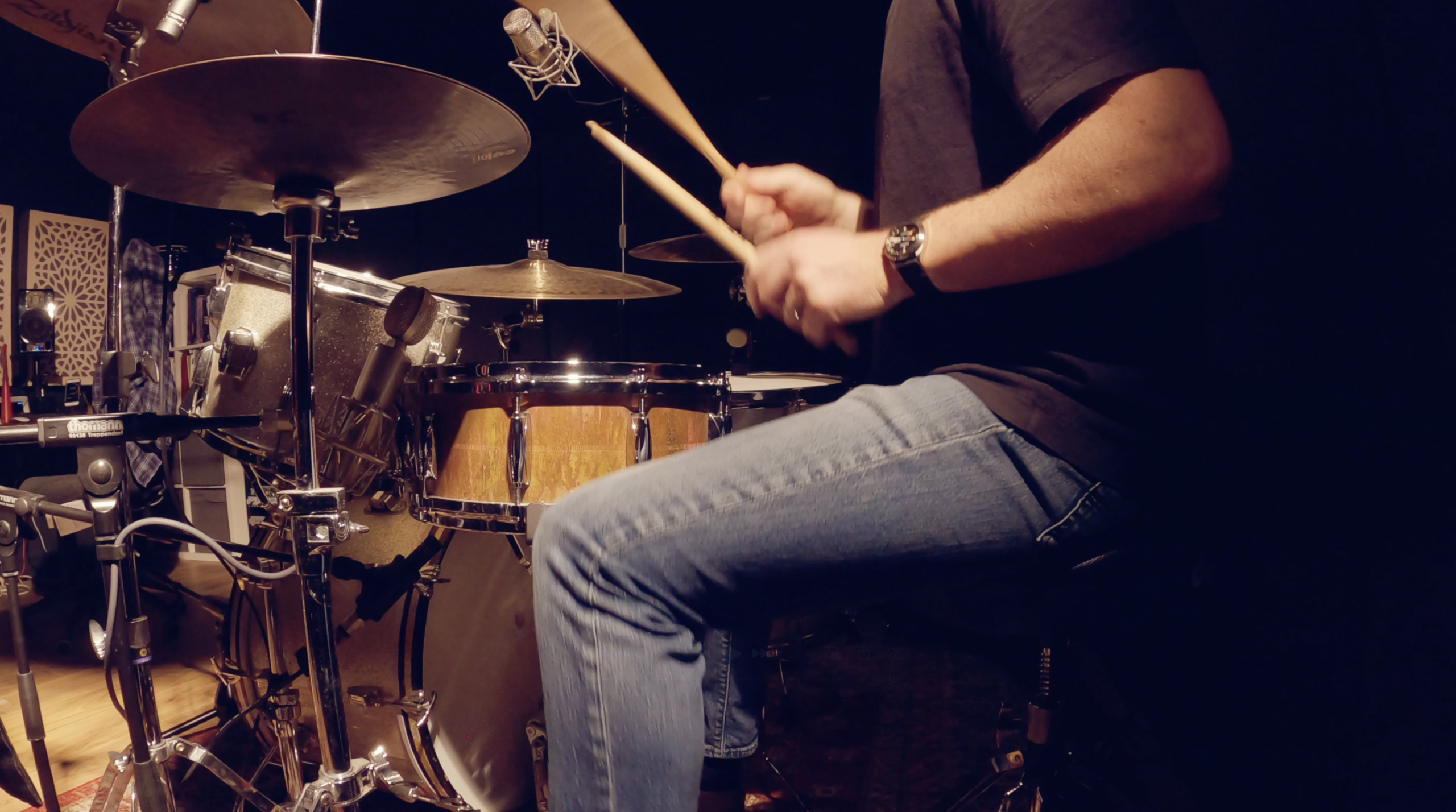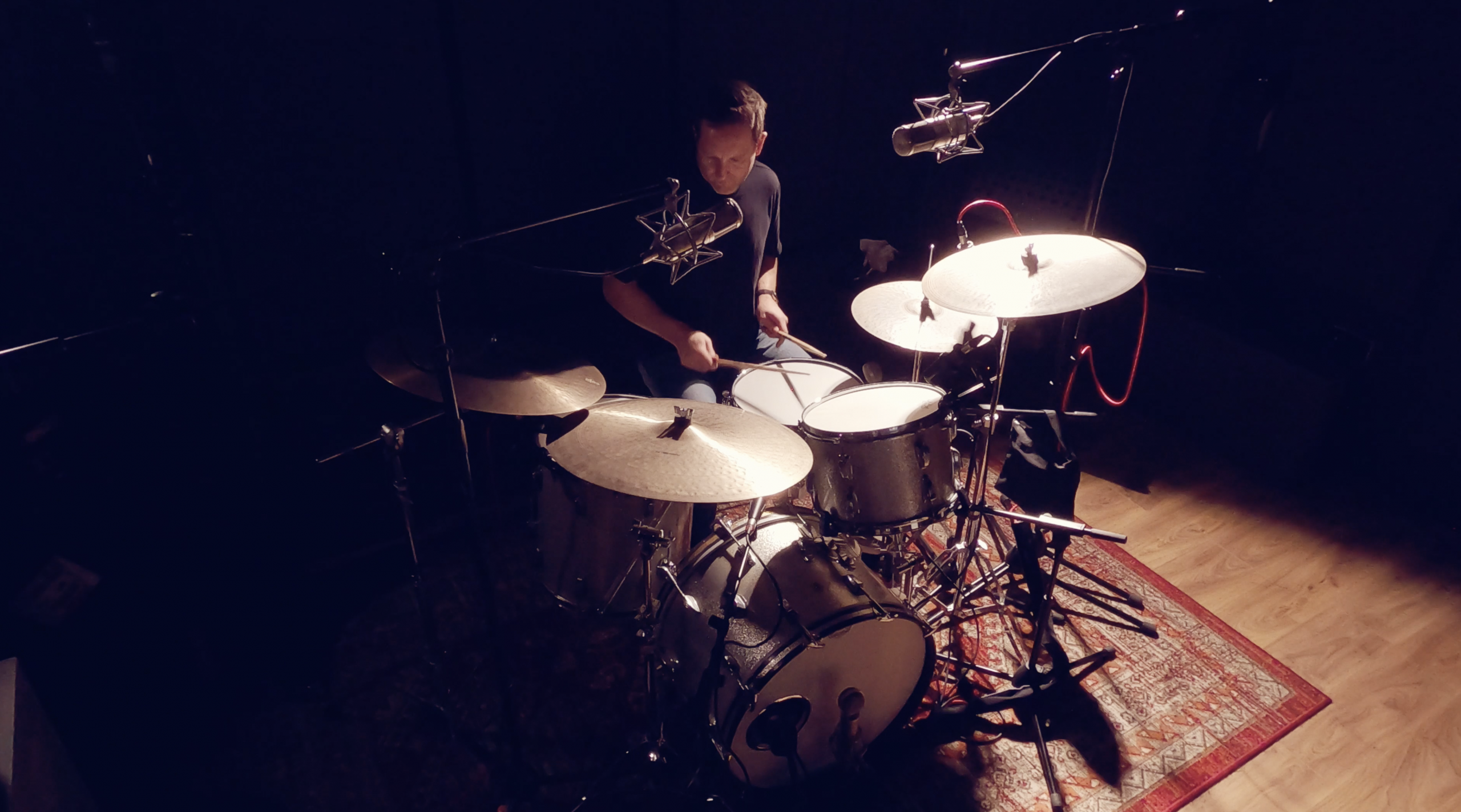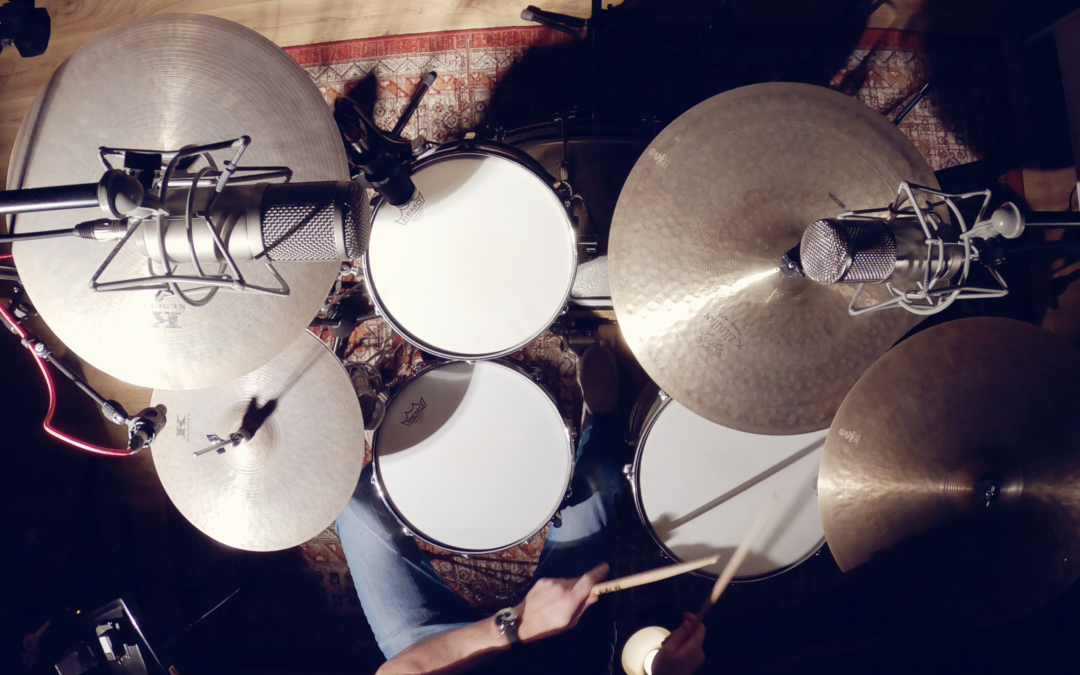Turning Rudiments Into Music: The 9-Stroke Roll in Action
Every drummer has heard the advice: learn your rudiments. But what does that really mean when you sit down at a kit? In my latest video, I took the 9-stroke roll—a staple rudiment—and built an entire solo around it. This wasn’t just about playing notes fast; it was about showing how a simple pattern can become a musical tool. At high speed, the roll works beautifully as 32nd notes. Slow it into 16th-note triplets, and it adds shape and tension.
The challenge is keeping it clean, controlled, and, most importantly, using it creatively while playing. That’s the leap from practice pad to real-world music—and it’s exactly what I love to teach my students through my virtual drum lessons.
A Kit With Character
To bring the rudiment to life, I recorded on my 1965 Ludwig Super Classic kit—a vintage four-piece setup that has endless tonal character. Paired with the Keith Carlock Gretsch Signature snare, the sound was sharp, warm, and dynamic enough to handle everything from delicate strokes to heavy accents.
For cymbals, I used a mix of Zildjian Kerope and Constantinople models, which gave me shimmering textures and strong attack when I needed it. Together, the kit became the perfect canvas to paint the 9-stroke roll across, proving that rudiments can shine in a full musical context. If you’ve been searching for the best online drum lessons, this video is a glimpse into how I approach teaching: blending technique with real music.

Inspiration Meets Application
When I create a solo, I draw on the drummers who inspired me, then filter those ideas through the rudiment at hand. For this performance, I took a Tony Williams-style triplet figure, mixed in bursts of Elvin Jones’s rolling doubles, and grounded the whole thing with some Chad Smith funk-rock attitude.
The result was a solo that wasn’t just about showing chops—it was about showing how to apply a rudiment to different styles. That’s the exact skill I help students develop: not just memorizing stickings, but turning them into music. Whether you’re a beginner looking to learn drums online or someone ready for advanced drum lessons, the process is the same—take the fundamentals and make them your own.
Sound That Inspires
A big part of the lesson is how the drums sound. I wanted the mix to be upfront, powerful, and real—like you’re sitting in the room with me. I tuned the kit slightly higher than usual, left the snare to ring freely, and used a blend of ribbon, tube, and dynamic microphones to capture every detail. Running through high-quality preamps, with careful compression and EQ, the result was a mix that let the rudiment shine through the music.
By presenting the solo in this way, I’m showing new students two things: first, the power of the rudiments when applied creatively; and second, the joy of making them musical. That’s the heart of my teaching at Gavin Payn – Online Drum Lessons—helping drummers of all levels unlock their skills and discover their own voice on the kit. If you’ve been curious about online drums, this is exactly the kind of hands-on, inspiring approach you can expect.


